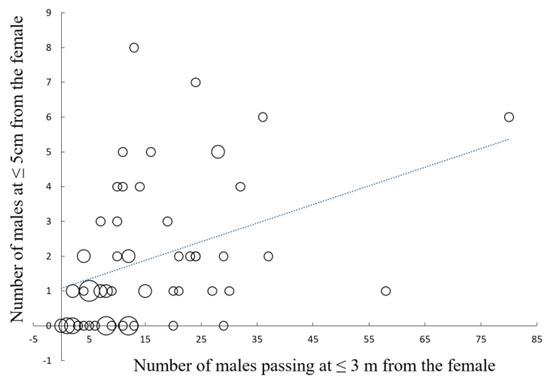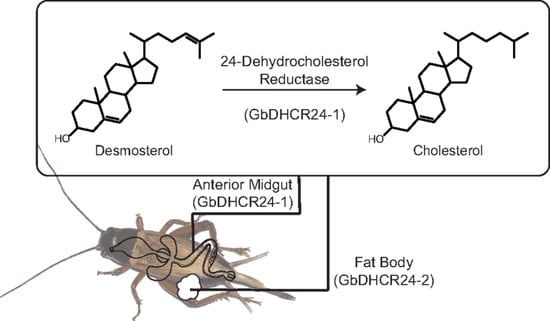Insect Signals
A topical collection in Insects (ISSN 2075-4450). This collection belongs to the section "Insect Behavior and Pathology".
Viewed by 9909Editors
Interests: signal transduction; RNAi; transcriptomics; peptide signaling; GPCR
Special Issues, Collections and Topics in MDPI journals
Topical Collection Information
Dear Colleagues,
In this Topical Collection, we will focus on the role signals, both intrinsic and extrinsic, and their associated downstream pathways have on insect biology and behavior. The recent advances in sequencing methods and gene editing/silencing techniques have significantly advanced our understanding of how diverse signals (hormonal, peptidal, pheromonal, environmental, and/or dietary-based) influence insect behavior. Here, we seek to highlight various aspects of insect signaling systems and welcome papers dealing with any aspect of those systems including structural elucidation, functional characterization of a gene(s), and/or responses triggered at the cellular or organismal levels by a signal. In case of doubt as to whether your manuscript might fall within the scope of this Topical Collection, please send either of us an abstract.
Dr. J. Joe Hull
Prof. Shinji Nagata
Collection Editors
Manuscript Submission Information
Manuscripts should be submitted online at www.mdpi.com by registering and logging in to this website. Once you are registered, click here to go to the submission form. Manuscripts can be submitted until the deadline. All submissions that pass pre-check are peer-reviewed. Accepted papers will be published continuously in the journal (as soon as accepted) and will be listed together on the collection website. Research articles, review articles as well as short communications are invited. For planned papers, a title and short abstract (about 100 words) can be sent to the Editorial Office for announcement on this website.
Submitted manuscripts should not have been published previously, nor be under consideration for publication elsewhere (except conference proceedings papers). All manuscripts are thoroughly refereed through a single-blind peer-review process. A guide for authors and other relevant information for submission of manuscripts is available on the Instructions for Authors page. Insects is an international peer-reviewed open access monthly journal published by MDPI.
Please visit the Instructions for Authors page before submitting a manuscript. The Article Processing Charge (APC) for publication in this open access journal is 2600 CHF (Swiss Francs). Submitted papers should be well formatted and use good English. Authors may use MDPI's English editing service prior to publication or during author revisions.
Keywords
- Peptide signaling
- RNAi
- transcriptomic
- hormonal
- cellular signaling










